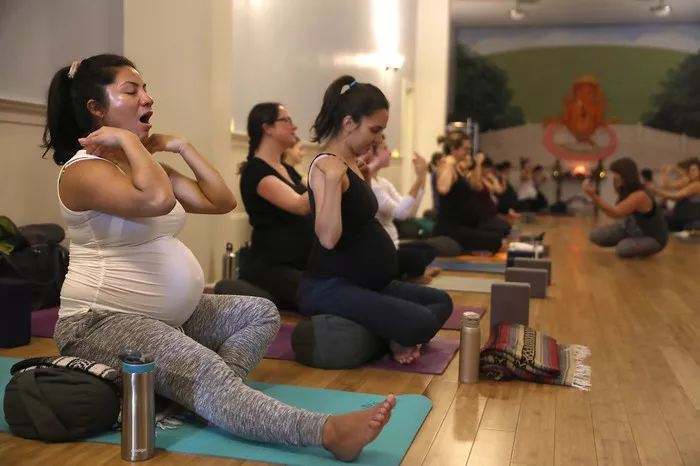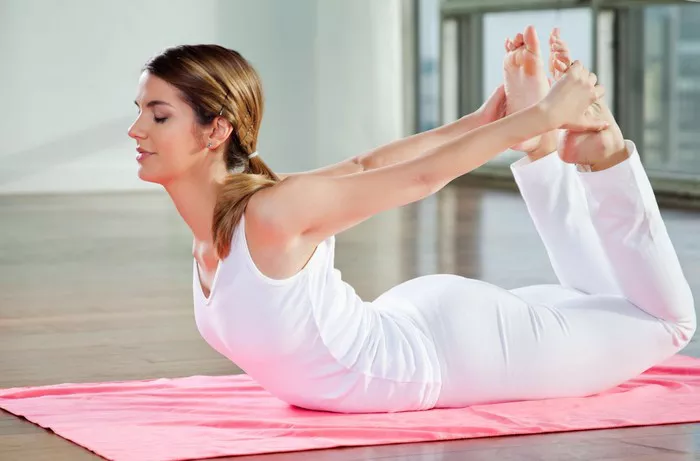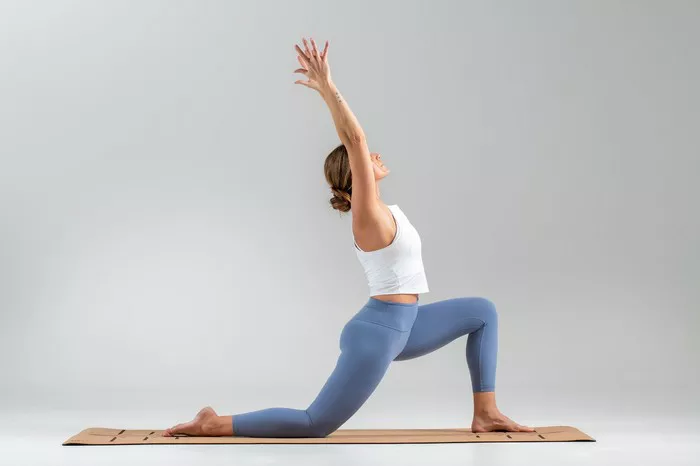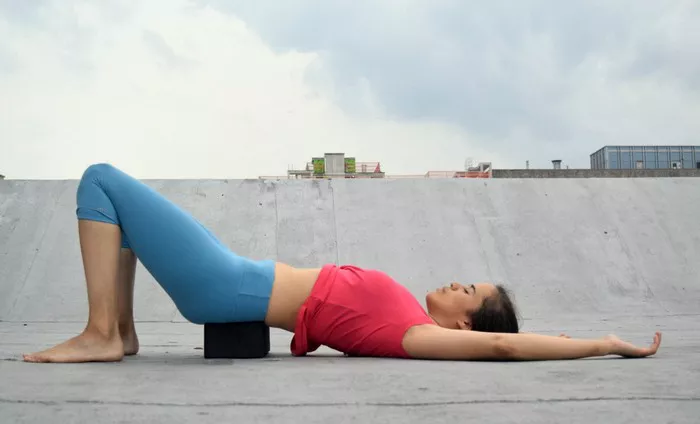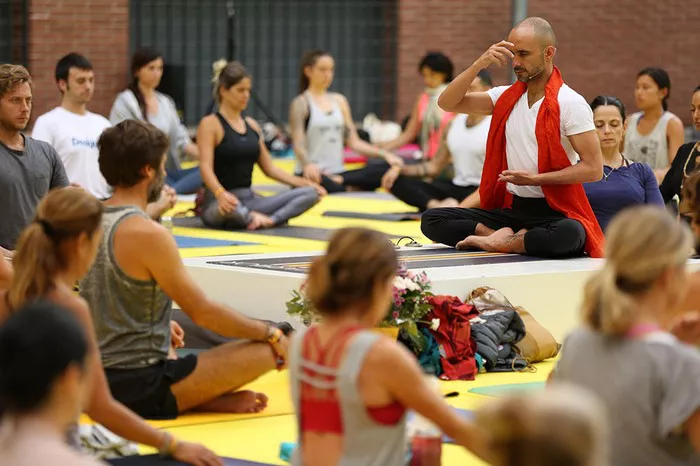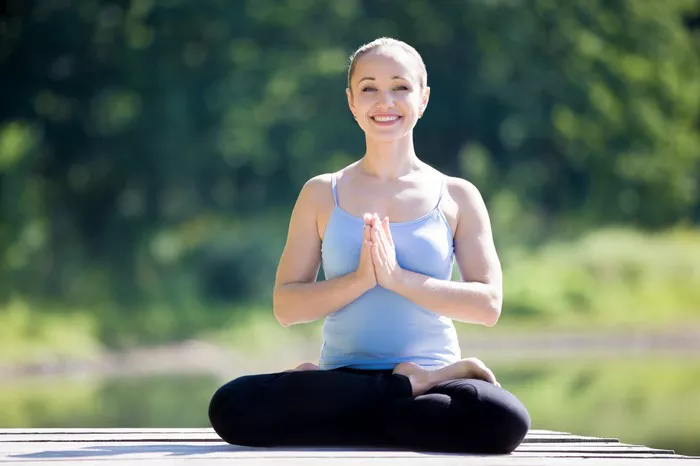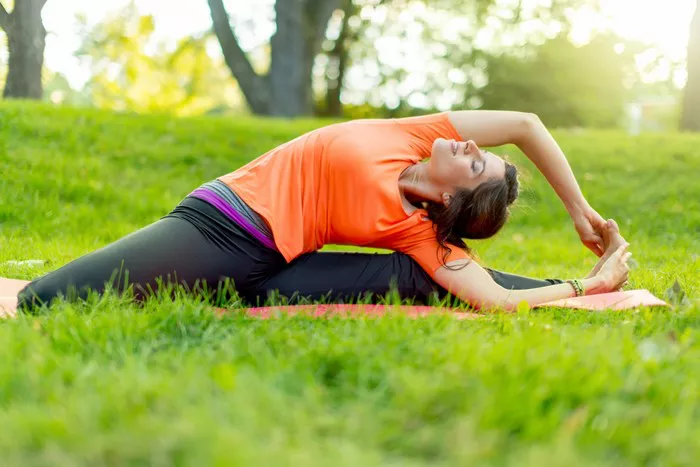Yoga is more than just physical exercise; it is a holistic practice that connects the mind, body, and spirit. While many people associate yoga with postures (asanas) and breathing techniques (pranayama), yoga is based on a deep philosophical system that extends far beyond the mat. One of the fundamental aspects of yoga is its five core principles, which serve as the foundation for a balanced and healthy life.
These five principles guide practitioners towards greater mental clarity, emotional stability, physical health, and spiritual growth. Each principle is interconnected and helps practitioners deepen their understanding of yoga in a way that promotes overall well-being. Whether you are a seasoned yoga practitioner or someone just beginning their yoga journey, understanding these principles can provide valuable insights into the true purpose of yoga.
In this article, we will explore what the 5 principles of yoga are, how they can be applied in daily life, and why they are essential for creating a life of balance and harmony.
1. Proper Exercise (Asana)
When most people think of yoga, they think of the physical postures, known as asanas. These are the movements and poses that help strengthen, stretch, and relax the body. Proper exercise is not just about building strength or flexibility, but about cultivating a sense of awareness in each posture and aligning the body with breath and intention.
The Role of Asana in Yoga
Asanas are designed to prepare the body for deeper practices, including meditation and breathing exercises. They help maintain physical health by improving flexibility, muscle strength, balance, and circulation. In addition, asanas stimulate the internal organs and increase energy flow throughout the body, helping to remove blockages that may hinder physical or mental health.
A critical aspect of asana practice is maintaining proper alignment. Misalignment in the body can lead to strain or injury, so it is essential to focus on correct form while performing each posture. Practicing yoga under the guidance of a skilled instructor ensures that you learn how to align your body correctly in each pose, maximizing its benefits and minimizing any risk of harm.
How Asana Contributes to Overall Wellness
Aside from physical health benefits, asana practice also nurtures a sense of mindfulness and presence. By concentrating on the breath and body in each pose, practitioners learn to focus their attention and remain grounded in the present moment. This mindfulness cultivates a calm and peaceful state of mind, reducing stress and promoting emotional well-being.
The physical benefits of asanas are numerous. Regular practice can help prevent injuries, alleviate chronic pain (such as back or neck pain), improve posture, and increase flexibility. The mental benefits are equally profound, as the physical exertion of yoga also releases endorphins—chemicals in the brain that promote feelings of happiness and relaxation.
2. Proper Breathing (Pranayama)
Breathing is the link between the mind and the body. In yoga, breath control, or pranayama, is considered one of the most important practices. The word “pranayama” comes from two Sanskrit words: “prana,” meaning life force or vital energy, and “yama,” meaning control or regulation. Together, pranayama refers to the practice of regulating the breath to control the flow of energy in the body.
The Importance of Pranayama
The breath is a powerful tool for calming the mind and bringing awareness to the present moment. In fact, the quality of your breath can directly affect the quality of your thoughts and emotions. Deep, controlled breathing can help lower stress levels, reduce anxiety, and create a sense of inner calm. On the other hand, shallow or rapid breathing often correlates with tension, anxiety, and a scattered mind.
Pranayama practices include various techniques designed to enhance the flow of energy and oxygen throughout the body. Some of the most common pranayama techniques include:
Ujjayi Breath (Victorious Breath): This technique involves breathing through the nose while slightly constricting the back of the throat, producing a soft, audible sound. It helps increase focus and control, often used during asana practice to synchronize breath with movement.
Nadi Shodhana (Alternate Nostril Breathing): This technique involves breathing through one nostril at a time, alternating between sides. It is believed to purify the energy channels in the body, calming the nervous system and promoting mental clarity.
Kapalbhati (Breath of Fire): This is an active pranayama that involves forceful exhalations and passive inhalations. It helps to clear the mind and detoxify the body.
Bhramari (Bee Breath): In this practice, the practitioner makes a humming sound while exhaling. It is known for calming the mind and reducing stress.
Pranayama and Mental Clarity
Pranayama is not just about physical breath control but about learning to control the mind. The act of focusing on the breath helps draw attention away from distractions and quiets the mental chatter. By practicing pranayama, yoga practitioners can learn to stay present and calm even in the face of challenging situations.
Furthermore, regular pranayama practice can balance the nervous system and promote emotional stability. It has been shown to reduce symptoms of stress, anxiety, and depression, and improve overall mental health.
3. Proper Diet (Ahara)
Yoga teaches that food is not just a source of nourishment, but also a form of energy that impacts the mind and body. Ahara, which translates to “proper diet” or “nourishment,” is the third principle of yoga. A balanced and healthy diet is seen as essential for maintaining physical vitality and mental clarity.
The Yoga Approach to Nutrition
In the yogic tradition, food is categorized into three qualities, or “gunas,” each of which has a different impact on the mind and body:
Sattvic Foods: These are foods that promote purity, clarity, and calmness. Sattvic foods are fresh, natural, and easy to digest. They include fruits, vegetables, whole grains, nuts, seeds, and legumes. These foods help maintain balance and promote overall well-being.
Rajasic Foods: Rajasic foods are stimulating and energizing, but they can also be overly stimulating and lead to restlessness or agitation. Spicy foods, caffeinated drinks, and processed or fried foods fall into this category. While they may provide temporary energy, they can also create imbalance in the body and mind.
Tamasic Foods: Tamasic foods are heavy, dull, and often lead to lethargy or sluggishness. These include stale, overly processed, or overly rich foods, such as foods high in sugar, white flour, and artificial additives. Tamasic foods can cloud the mind and make the body feel heavy and lethargic.
A yoga-inspired diet emphasizes the importance of eating in moderation and choosing foods that nourish the body and mind. Practitioners are encouraged to eat in a mindful and conscious way, paying attention to the body’s natural hunger cues and avoiding overeating.
The Role of Food in Yoga Practice
Food plays a key role in supporting the energy needed for yoga practice. A light, balanced meal before a yoga session can enhance performance, while heavy or difficult-to-digest food can lead to discomfort and sluggishness.
Additionally, a sattvic diet can help practitioners feel more centered, calm, and clear-headed, which is essential for deepening their yoga practice and meditation.
4. Positive Thinking and Meditation (Dhyana)
Yoga is not just about physical practice; it is also a practice of the mind. Dhyana, or meditation, is the fourth principle of yoga and is considered a powerful tool for cultivating inner peace and positive mental states. In yoga, meditation is used to quiet the mind, reduce stress, and foster deep self-awareness.
The Power of Positive Thinking
Positive thinking is a crucial aspect of yoga philosophy. The mind has a profound impact on the body and how we experience the world around us. Yoga teaches us that our thoughts shape our reality. Negative thinking and mental patterns of fear, doubt, and self-criticism can lead to emotional imbalance and even physical illness. On the other hand, cultivating positive thoughts of love, compassion, and gratitude can create harmony in both the mind and body.
The practice of meditation helps us to observe our thoughts without attachment, allowing us to notice patterns of negativity and consciously shift them. By regularly practicing meditation, yoga practitioners can transform their mindset and create more space for positive, peaceful, and empowering thoughts.
The Benefits of Meditation
Meditation has been shown to reduce stress, lower blood pressure, improve sleep quality, and increase feelings of happiness. It helps train the mind to remain focused, calm, and centered, even in difficult situations. Moreover, meditation deepens self-awareness, allowing practitioners to connect with their true nature and cultivate a sense of inner peace.
See Also: Does Yoga Change Your Body?
5. Proper Rest (Savasana and Relaxation)
The final principle of yoga is the importance of rest and relaxation. While the other principles focus on movement, breath, and nourishment, proper rest is equally important for maintaining balance in the body and mind.
The Importance of Rest in Yoga
Yoga is about finding balance between effort and ease. While regular practice is essential for physical health and well-being, rest is just as crucial. Overexertion without proper rest can lead to burnout, injury, and fatigue. Yoga teaches us that rest is not a luxury but a necessity for rejuvenating the body and mind.
One of the most famous relaxation techniques in yoga is Savasana (Corpse Pose), often practiced at the end of a yoga session. Savasana is a deep relaxation pose that allows the body to fully rest and integrate the benefits of the practice. This pose encourages relaxation, reduces stress, and promotes deep physical and mental relaxation.
Rest and Recovery
In addition to regular Savasana, yoga encourages a holistic approach to rest. This includes getting adequate sleep, taking breaks throughout the day, and allowing time for relaxation outside of your yoga practice. Proper rest enhances recovery, boosts energy levels, and allows the body to heal from physical exertion.
Conclusion
The five principles of yoga—proper exercise (asana), proper breathing (pranayama), proper diet (ahara), positive thinking and meditation (dhyana), and proper rest (savasana)—form the foundation of a balanced and harmonious life. By incorporating these principles into your daily routine, you can improve not only your physical health but also your mental and emotional well-being.
Yoga is not just a practice on the mat; it is a lifestyle that can be applied in all aspects of life. When these principles are practiced with intention and mindfulness, they lead to greater self-awareness, inner peace, and overall happiness. So, whether you are new to yoga or an experienced practitioner, embracing these principles can help you live a more balanced and fulfilled life.
You Might Be Interested In





